Hi there, pet lovers! 🦎
Today, we’re diving into the world of one of the most impressive and awe-inspiring lizards in the reptile kingdom—the Asian Water Monitor (Varanus salvator). Known for their intelligence, striking appearance, and sheer size, these monitors are often considered the “puppies” of the reptile world due to their inquisitive and engaging personalities. However, owning an Asian Water Monitor is not for the faint of heart. In this comprehensive review, we’ll explore everything you need to know about these magnificent creatures, from their temperament and care requirements to their availability and costs. Whether you’re considering adding one to your family or simply curious about these fascinating reptiles, this guide will help you make an informed decision.
Overview
Asian Water Monitors are large, semi-aquatic lizards native to Southeast Asia. They are known for their intelligence, striking patterns, and impressive size, often reaching lengths of up to 8 feet and weighing over 50 pounds. Here’s a quick summary of what makes them stand out:
- Handling and Temperament: Intelligent and inquisitive, but handling requires skill and confidence due to their size and strength.
- Care and Maintenance: Extremely demanding, requiring large enclosures, specialized heating, and a semi-aquatic setup.
- Health and Durability: Hardy when properly cared for, but sensitive to environmental changes and prone to obesity if overfed.
- Availability: Widely available, but captive-bred individuals are recommended for better health and temperament.
- Cost: High upfront and ongoing costs due to enclosure setup, feeding, and maintenance.
Overall: Asian Water Monitors are incredible animals for experienced reptile keepers who can meet their demanding needs. However, they are not suitable for beginners or casual pet owners.

Why Choose an Asian Water Monitor?
Asian Water Monitors are often described as the “puppies” of the reptile world due to their curious, interactive, and sometimes goofy personalities. They are highly intelligent and can form bonds with their keepers, making them a rewarding pet for those who have the time, space, and resources to care for them properly. However, their size, strength, and demanding care requirements make them a significant commitment. These monitors are best suited for advanced reptile enthusiasts who are prepared for the challenges of owning such a large and complex animal.
Handling and Temperament
Asian Water Monitors are known for their intelligence and inquisitive nature. They are often described as “puppy-like” due to their curiosity and tendency to explore their surroundings. However, handling these lizards requires skill, confidence, and respect for their size and strength.
Personality Variations
- Juveniles: Young monitors are often flighty and defensive, prone to tail whipping or biting if they feel threatened.
- Adults: With consistent, positive handling, many Asian Water Monitors become surprisingly tame and may even seek out interaction with their keepers. However, their large size and strength make handling a challenge.
Handling Tips
- Gentle and Confident Handling: Always handle them with care and confidence. Avoid sudden movements that may startle them.
- Tail Awareness: Unlike some lizards, Asian Water Monitors cannot drop their tails. However, their tails are strong and can deliver a painful whip if they feel threatened.
- Claw Management: Their sharp claws are designed for climbing and digging but can unintentionally cause scratches. Wearing gloves during handling is recommended.
- Biting Risk: While they rarely bite, their powerful jaws and sharp teeth can cause serious injury if they do. Proper handling techniques and building trust are essential to minimize this risk.
Overall Temperament
Asian Water Monitors are intelligent and engaging, but their size and strength make them a handful—literally. They are best suited for experienced keepers who understand how to handle large, powerful reptiles safely.
Care and Maintenance
Caring for an Asian Water Monitor is a monumental task that requires dedication, resources, and a deep understanding of their needs. These lizards are semi-aquatic and thrive in warm, humid environments, which must be meticulously recreated in captivity.
Enclosure Setup
- Size: An adult Asian Water Monitor requires an enclosure that is at least 12 feet long, 6 feet wide, and 6 feet tall. Many keepers dedicate an entire room to their monitor.
- Climbing Space: Provide plenty of sturdy branches and platforms for climbing, as these lizards are highly active and love to explore.
- Water Feature: A large, heated, and filtered pond is essential for swimming and soaking. The water must be kept clean, as monitors often use it as a toilet.
- Substrate: Use a deep layer of substrate, such as a soil-sand mix, to allow for digging and burrowing.
- Hiding Spots: Provide multiple hiding spots to help your monitor feel secure.
Humidity and Temperature
- Humidity: Maintain humidity levels between 60-80%. Regular misting and a well-ventilated enclosure are key.
- Temperature: Provide a basking spot of 120-150°F and an ambient temperature of 85-90°F. Avoid overheating, as temperatures above 90°F can be harmful.
Feeding
- Diet: Asian Water Monitors are carnivores with voracious appetites. Feed them a varied diet of whole prey items, such as rodents, chicks, fish, and insects.
- Supplements: Dust prey items with calcium and vitamin supplements to ensure proper nutrition.
- Feeding Schedule: Juveniles should be fed daily, while adults can be fed every 2-3 days. Avoid overfeeding, as obesity is a common issue in captive monitors.
Lighting
While UVB lighting is not strictly necessary if their diet is properly supplemented, providing low-level UVB can benefit their overall health and well-being.
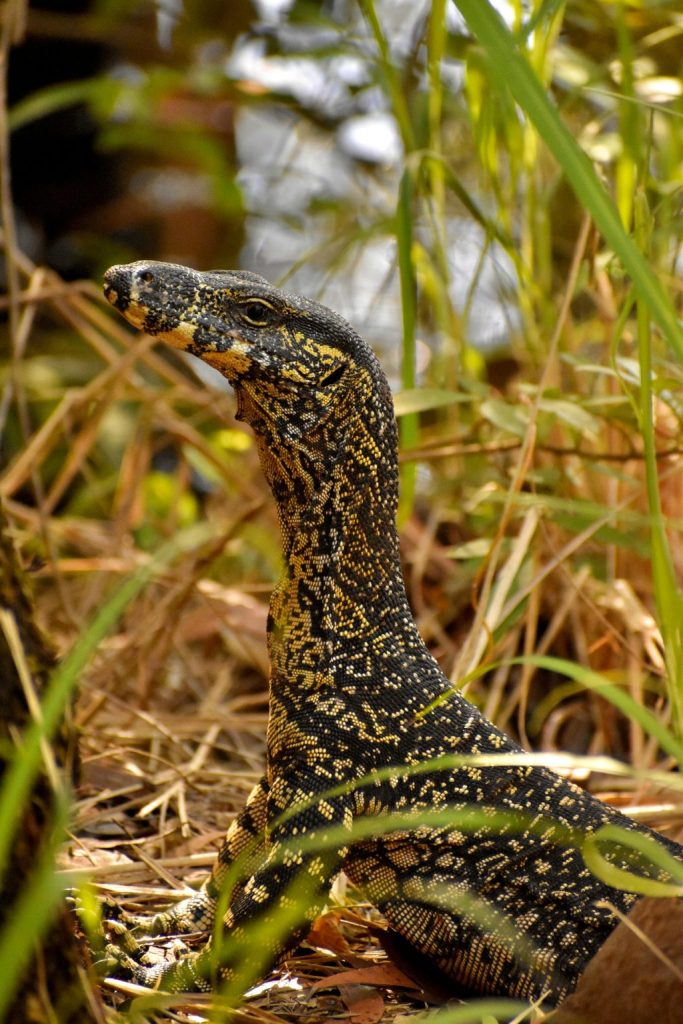
Health and Durability
Asian Water Monitors are hardy reptiles when provided with proper care, but they are sensitive to environmental changes and require consistent monitoring to stay healthy.
Common Health Issues
- Obesity: Overfeeding and lack of exercise can lead to obesity, which shortens their lifespan and reduces their quality of life.
- Respiratory Infections: Caused by improper humidity or temperature levels.
- Parasites: Wild-caught individuals are particularly prone to parasites. Regular fecal tests by a reptile vet are essential.
Preventative Care
- Proper Enclosure Setup: Maintain the correct humidity, temperature, and cleanliness to prevent health issues.
- Regular Vet Checkups: Schedule regular health checks with an experienced reptile vet.
- Balanced Diet: Avoid overfeeding and provide a varied, nutrient-rich diet.
With proper care, Asian Water Monitors can live up to 20 years in captivity, making them a long-term commitment.
Availability and Cost
Asian Water Monitors are widely available in the pet trade, but their cost and care requirements make them a significant investment.
Where to Buy
- Breeders: Captive-bred monitors are recommended for better health and temperament. Reputable breeders can provide detailed information about the animal’s origin and care history.
- Reptile Expos: A great place to meet breeders and see a variety of monitors in person.
- Pet Stores: Less ideal, as they often carry wild-caught or poorly cared-for individuals.
Cost
- Initial Purchase: Juveniles typically cost between $100 to $500, with rare morphs costing significantly more.
- Enclosure Setup: Building or purchasing a suitable enclosure can cost several thousand dollars.
- Ongoing Costs: Feeding, heating, and maintaining their environment can be expensive, with costs rivaling those of a large dog.
Pros and Cons
Pros
- Highly intelligent and interactive.
- Fascinating behaviors and personalities.
- Long lifespan (up to 20 years).
- Captive-bred individuals are becoming more available.
Cons
- Extremely demanding care requirements.
- High upfront and ongoing costs.
- Requires a large, dedicated space.
- Not suitable for beginners or casual keepers.
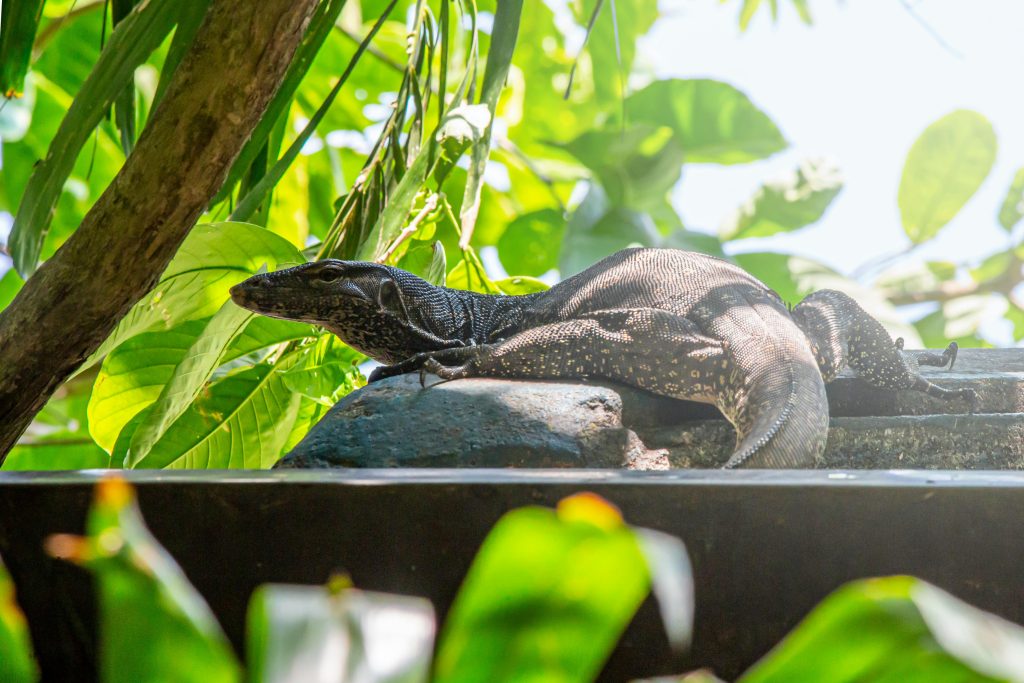
Final Thoughts
Asian Water Monitors are truly remarkable animals that can make incredible pets for the right person. Their intelligence, size, and engaging personalities make them stand out among other reptiles. However, their demanding care requirements and high costs make them best suited for experienced reptile keepers who are prepared for the challenges of owning such a large and complex animal.
If you’re considering an Asian Water Monitor, we highly recommend doing extensive research and consulting with experienced keepers or breeders. These lizards are a long-term commitment, but for those who can meet their needs, they are a truly rewarding companion.
Have you owned an Asian Water Monitor? Share your experiences and tips in the comments below! We’d love to hear how you care for your monitor and what makes them special to you.
For more reptile care tips and reviews, stay tuned to our blog and don’t forget to subscribe to our newsletter! 🦎

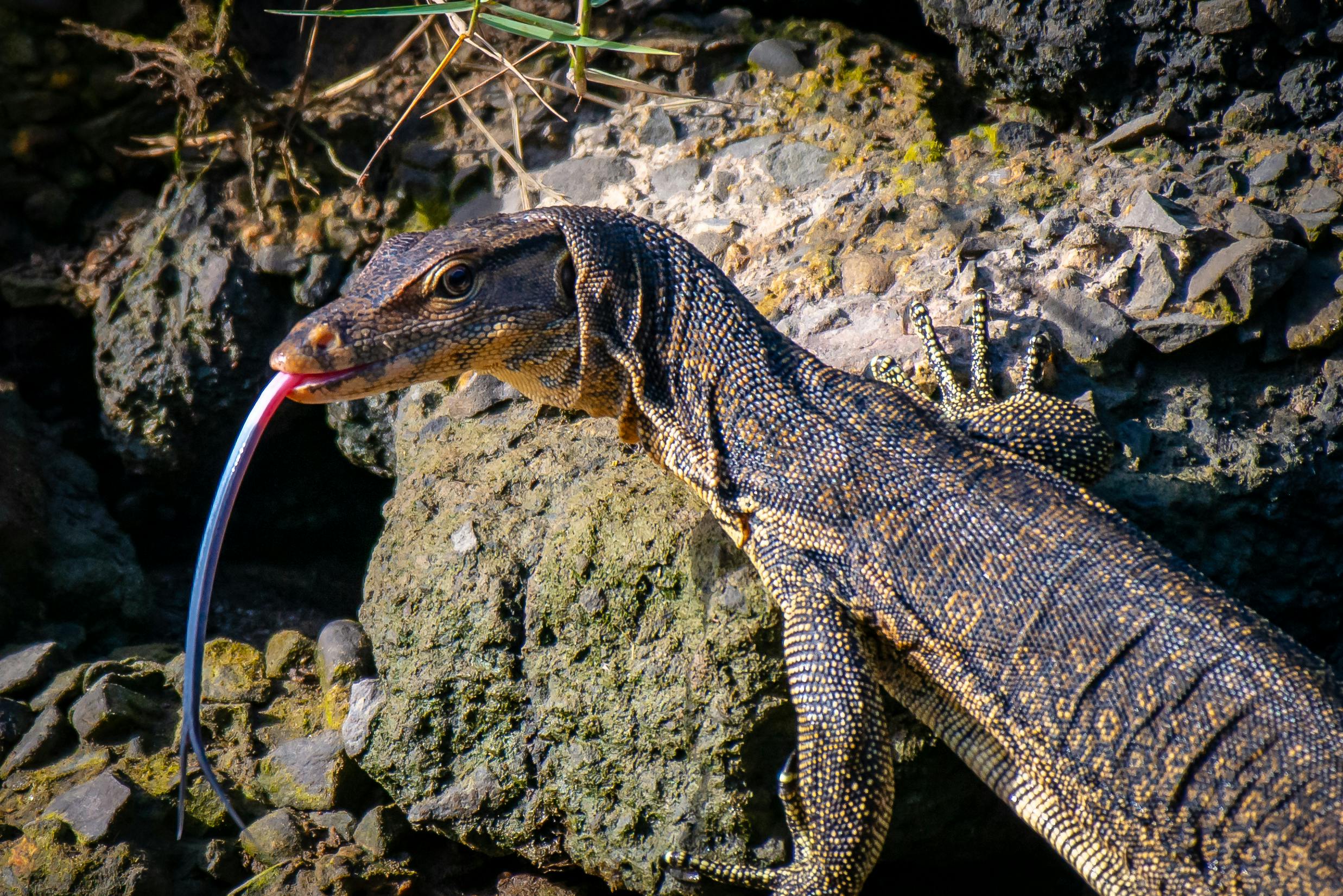

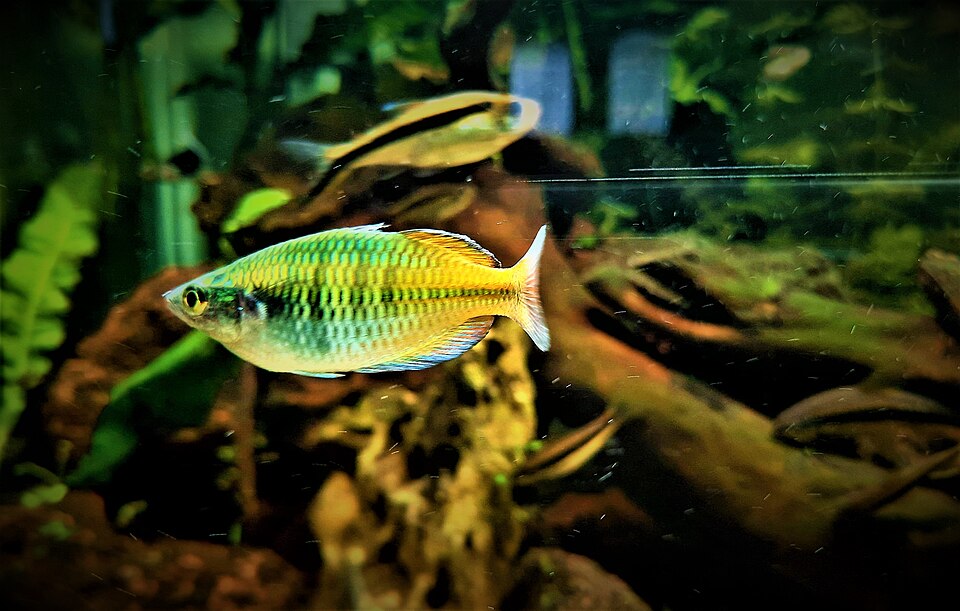
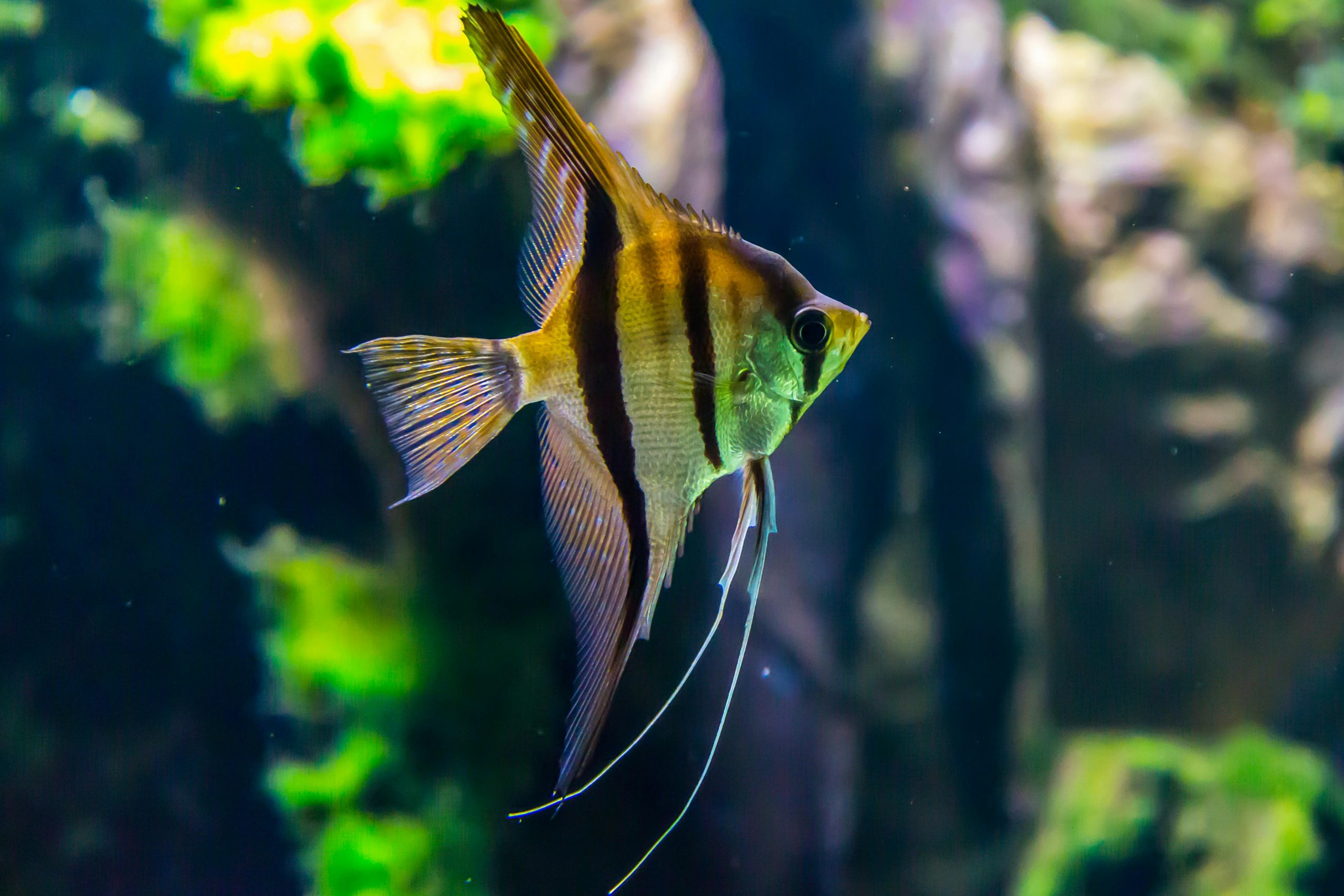
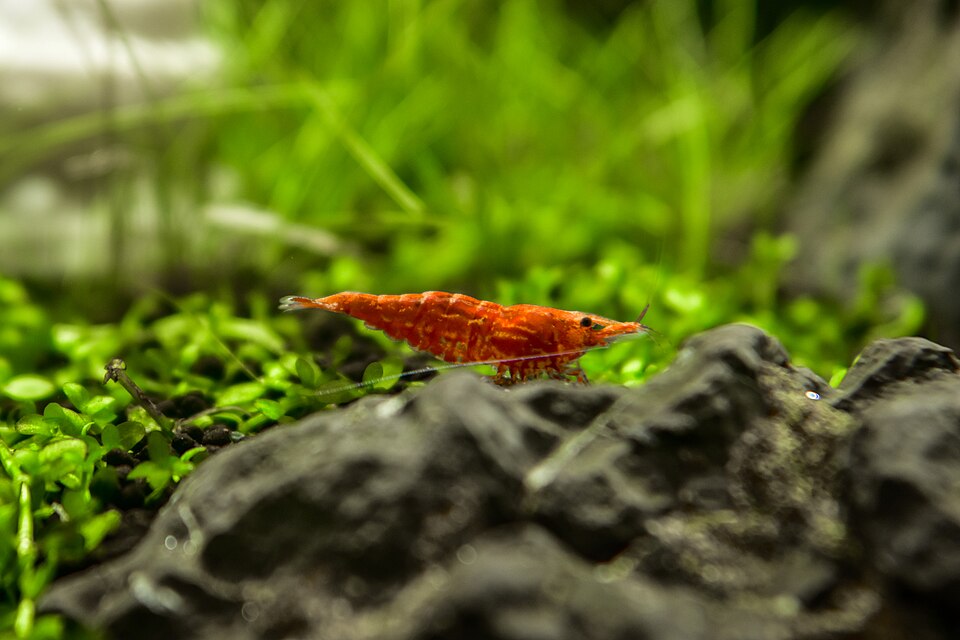

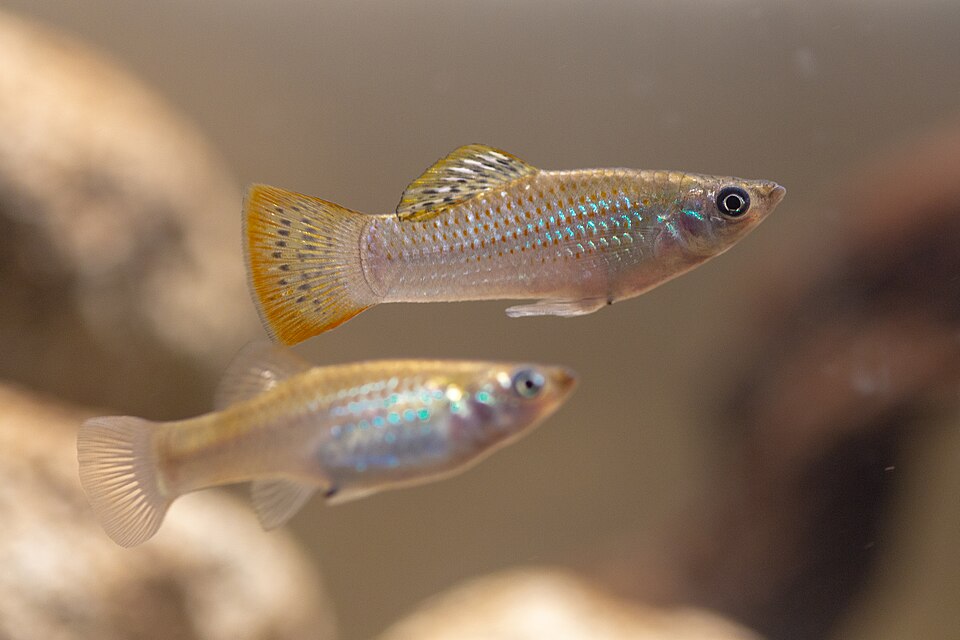
Leave a Reply